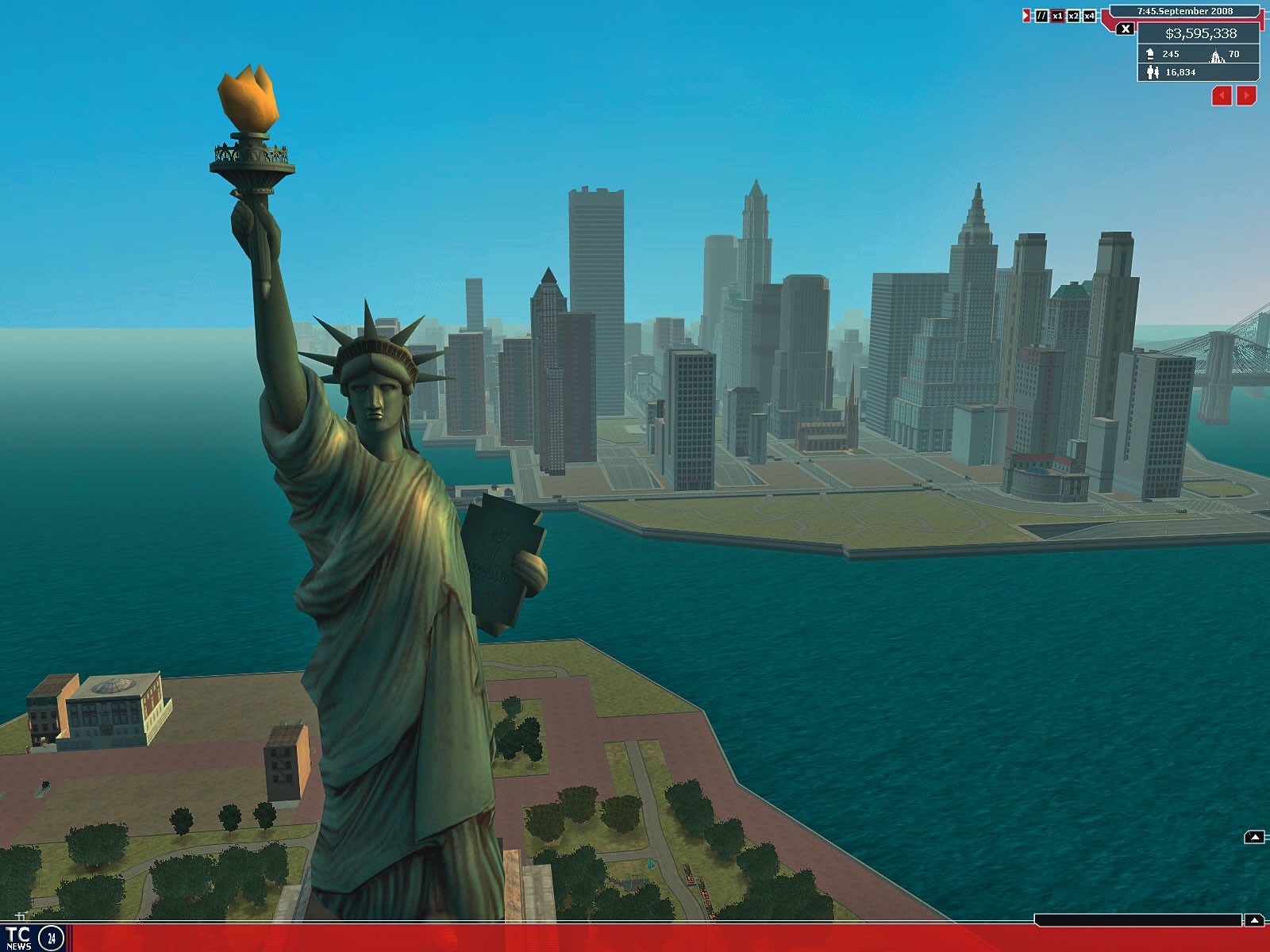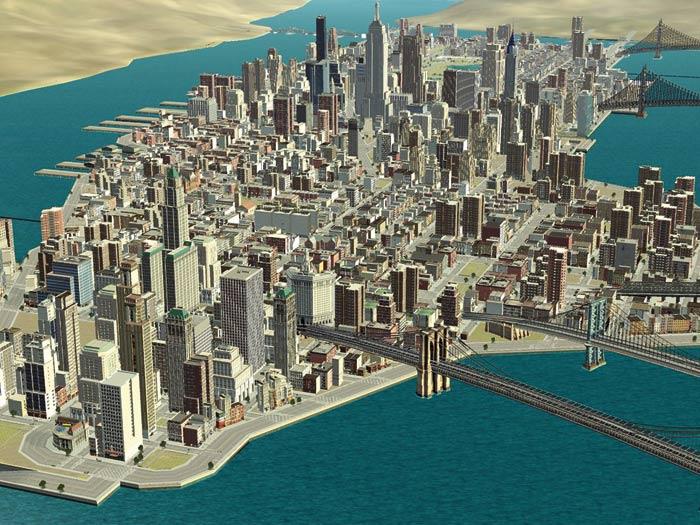
Unlike in some other city-building games, the player has no control over the positioning of streets. Landmarks can be constructed by earning landmark bonds. This can include flowers, extra seating, signs, air conditioners, or water towers. The player must attract customers to raise funds by upgrading their buildings. To add to the realism, several brand names (including Staples and Loews Theatres) can be built. Players choose from different types of buildings, including residential, commercial, and recreational.

Regardless of which mode the game is played in, the game starts with an empty district which must be developed. In "Sandbox" mode players have full control over the entire island and are able to control the amount of competition, their rate of building, and starting amount of cash. The player must complete certain tasks and compete with business rivals in order to unlock other districts for development. In "Build New York" the player is given specific tasks and must build New York district by district, starting with Greenwich Village.

It does this by connecting to the Internet and providing two separate types spaces for players to work with: Individual towns, and the larger city.Gameplay can be accomplished through two different modes. While these games allow for players to work on their business ventures individually, however, Mass Transit Tycoon lets players to collaborate both on an individual level, and as a larger community. This series included games like RollerCoaster Tycoon (developed by Hasbro Interactive in 1999), Zoo Tycoon (developed by Blue Fang Games in 2001) and Lemonade Tycoon (developed by Hexacto and Jamdat in 2002).

The game is modeled after the Tycoon series of computer games that emerged in the late 1990’s and early 2000’s. As players interact with the virtual space, they are able to solve problems similar to those transit workers have to fix in the real world, and watch their city expand into districts, neighborhoods, and connected suburban towns. Mass Transit Tycoon is an interactive videogame in which players work together to develop, maintain, and expand a city’s public transit system.


 0 kommentar(er)
0 kommentar(er)
